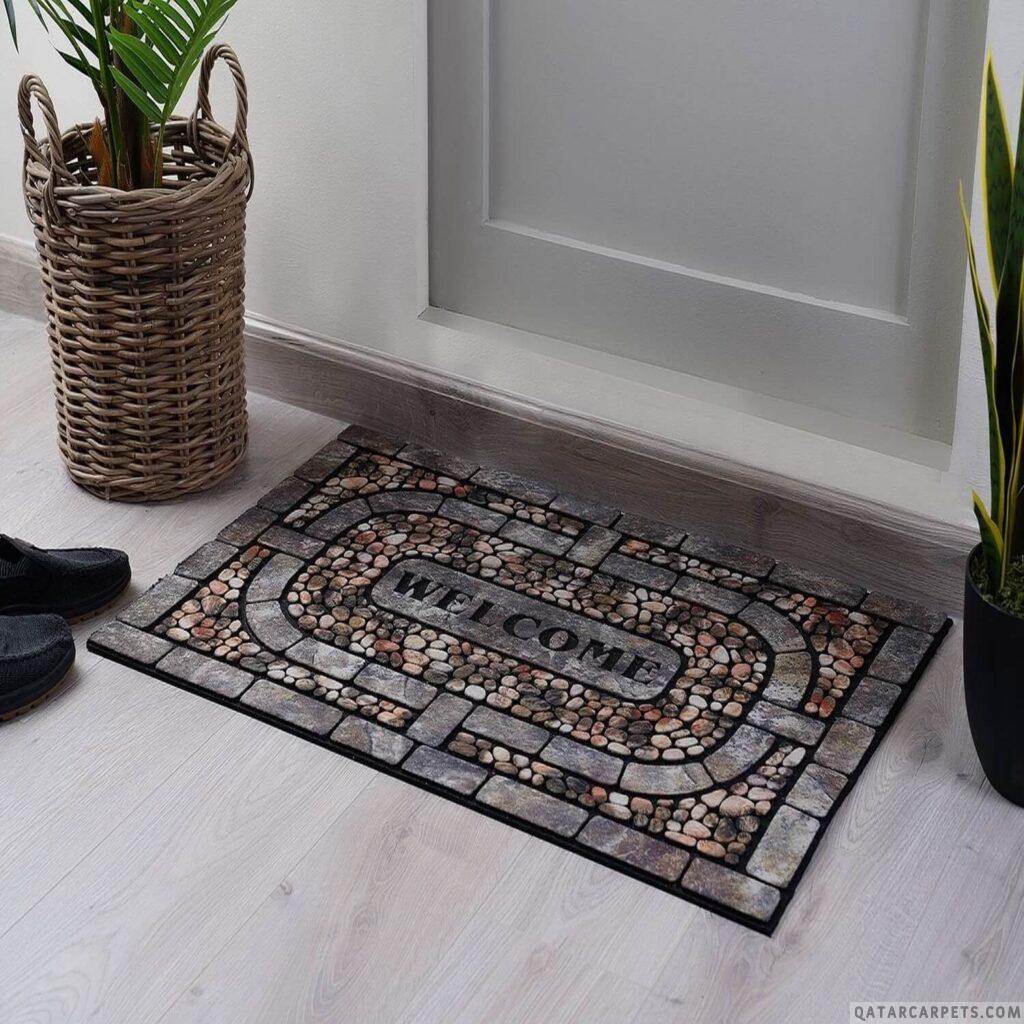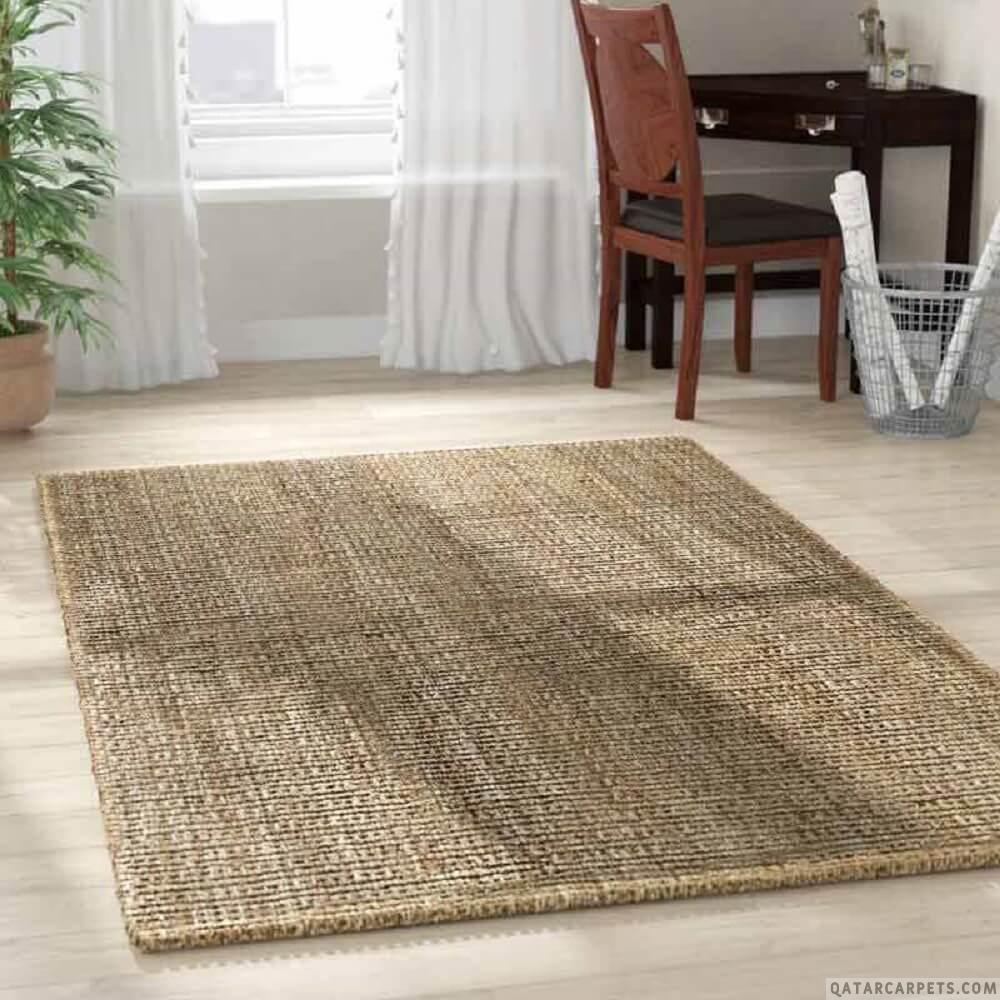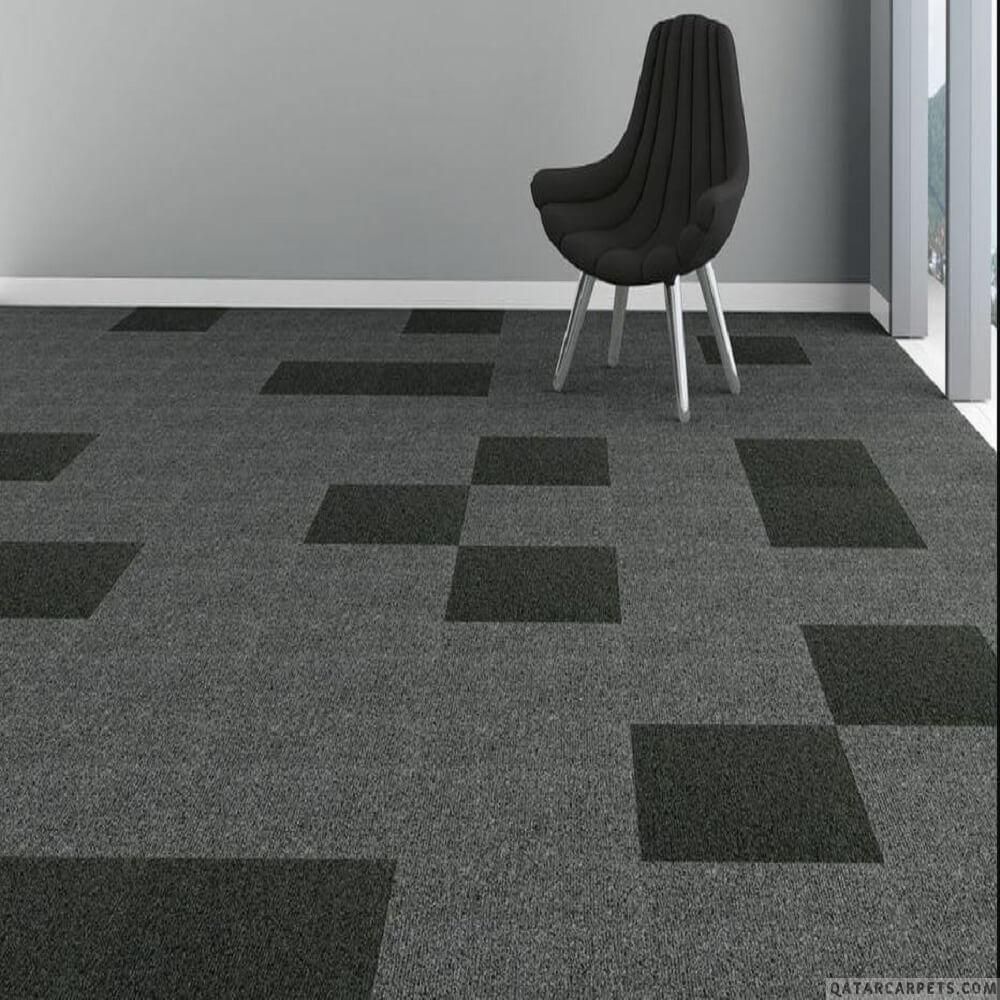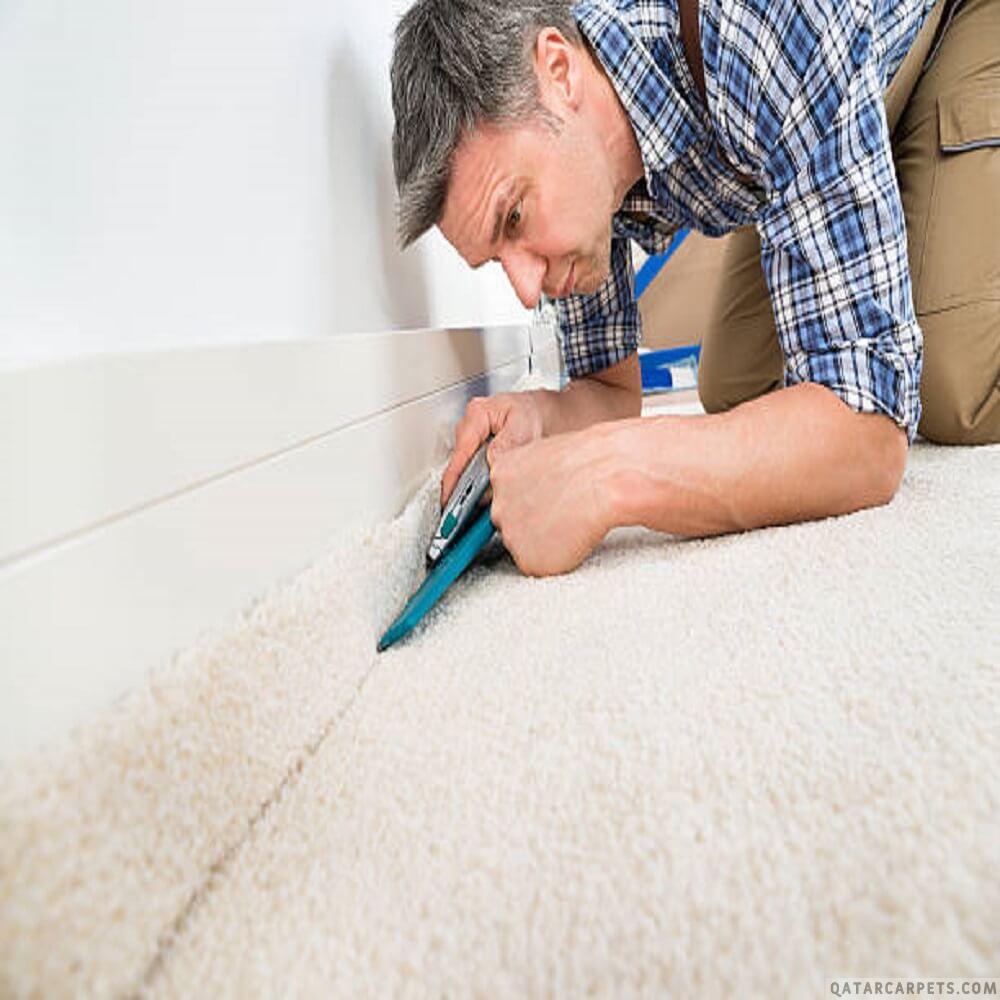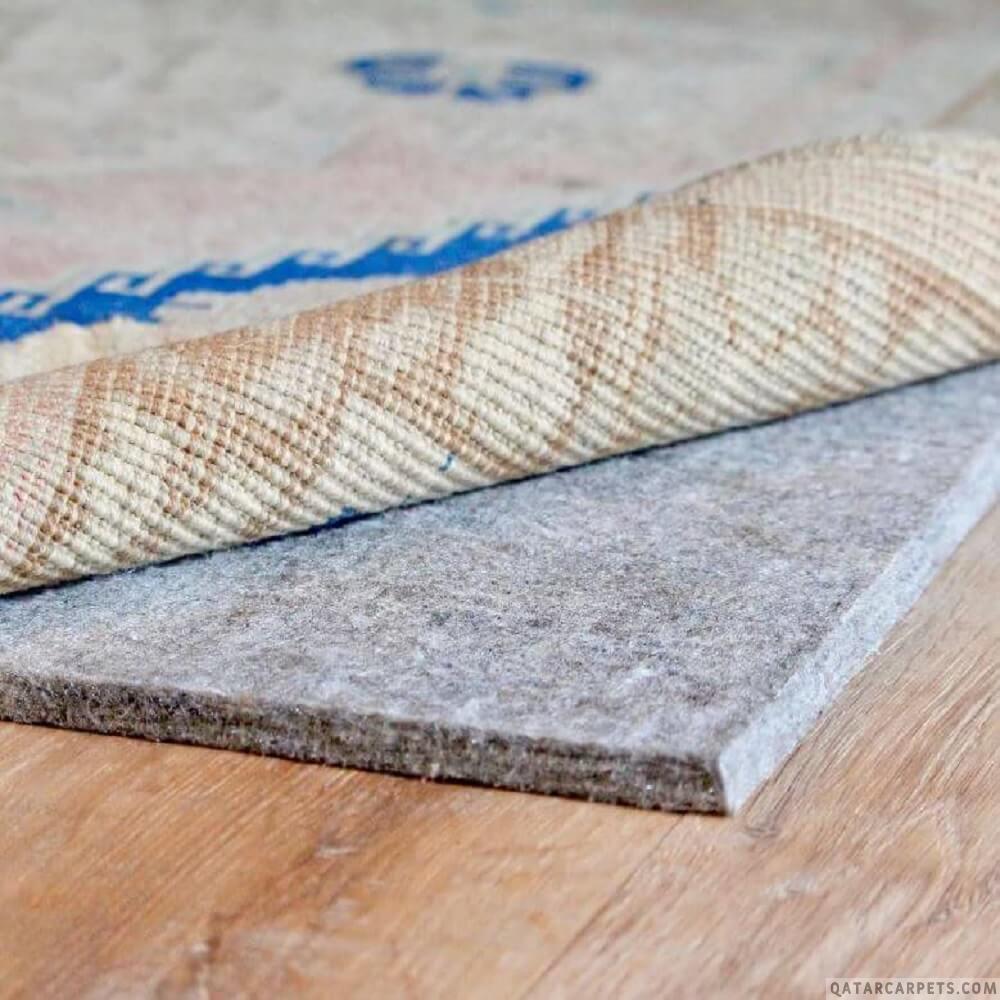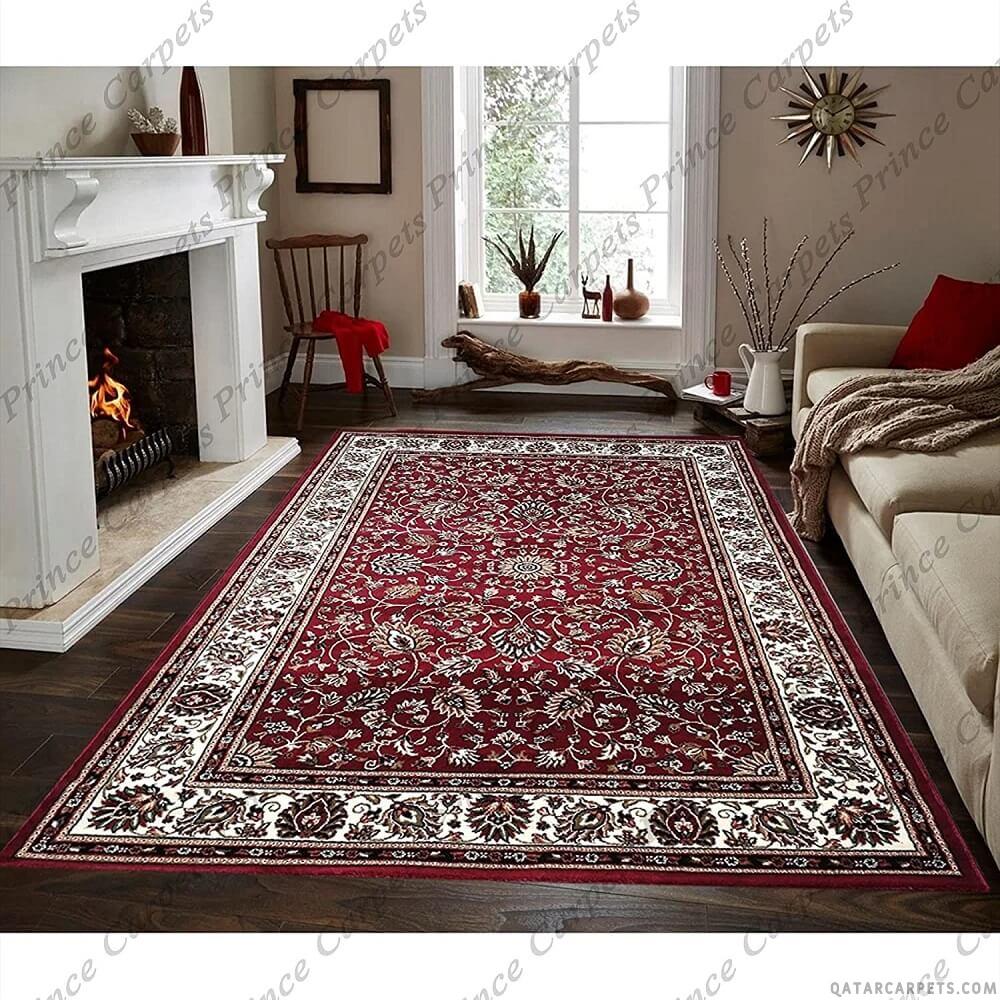CLEARANCE SALE UPTO 40% | LIMITED TIME OFFER | HURRY UP!
Why do you require an outdoor doormat?
Your first line of defence against slick, wet floors is an outdoor doormat.
Who knows what individuals bring into your home or, worse, office on the bottom of their shoes? Outdoor Doormats snag dirt and moisture at the door rather than letting you know when you clean it up.
An outdoor doormat’s primary function is to catch shoes as they pass overhead.
People frequently clean their feet as they pass over doormats in residential homes, but this is far less common in commercial buildings.
Commercial entry mats are typically longer because of this; the industry norm is at least 8 steps. That many steps are required to completely clean the dirt off someone’s careless wearer’s shoes.
Why is a doormat required inside?
Indoor door mats perform the crucial last dry as soon as you cross the threshold.
Your exterior scraper removed the larger dirt chunks, but it also jumbled up the smaller ones. From there, the tiny particles and water droplets are removed by your mat, which is located just inside the door.
For your floor to stay dry, indoor door mats must be absorbent. It’s critical to select a mat with the appropriate amount of absorbency for your application. A mat that can contain a lot of water, like the High Absorbent Reinforced Rubber Backed Mat, is necessary in busy places. Outdoor doormats that were absorbent would rapidly become soggy and useless.
Why is the material of entrance matting so important?
When it comes to performance, durability, and cost-effectiveness, choosing the appropriate entry matting for any structure, whether it’s commercial entrance matting or household door mats, can make all the difference. The materials used to make entry mats are responsible for a large portion of their “performance.” When specifying entry matting, it might be good to have knowledge of the properties of different door mat materials to ensure it can withstand the task!
CONNECT WITH US
Get best Quality Carpet for your Home, Hotel, office etc.
What characteristics do materials for door mats have?
Certain fibres keep their structure, making them more crush-resistant, while other materials are by nature more durable. Some doormat materials drain away moisture more efficiently than others and have intrinsic quick drying capabilities.
Where are doormats made?
The efficiency of each mat can be affected by a variety of manufacturing processes. Tufting, weaving, and needle punching are often used manufacturing processes for door mats. Some entry mats combine different types of materials to offer them multiple functions. You’ll note that many entry mats have strips made of various materials; some of these strips can scrape, brush, or wipe away wetness.
By absorbing dirt, debris, and moisture, welcome mats help keep your floors clean by preventing them from entering your house. Of course, that’s only part of the appeal; a welcome mat can also significantly spruce up the threshold of your home.
You should pick a doormat that provides a good first impression because it acts as your informal welcome committee, whether it has a humorous message or your last name printed across it. or at least the appropriate perception.

